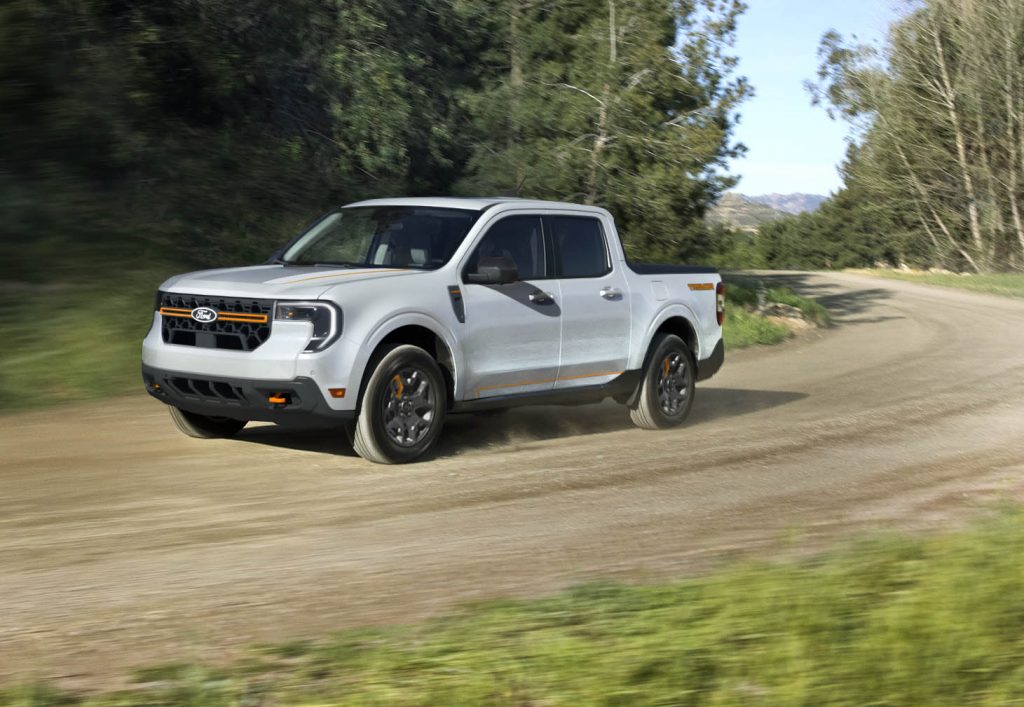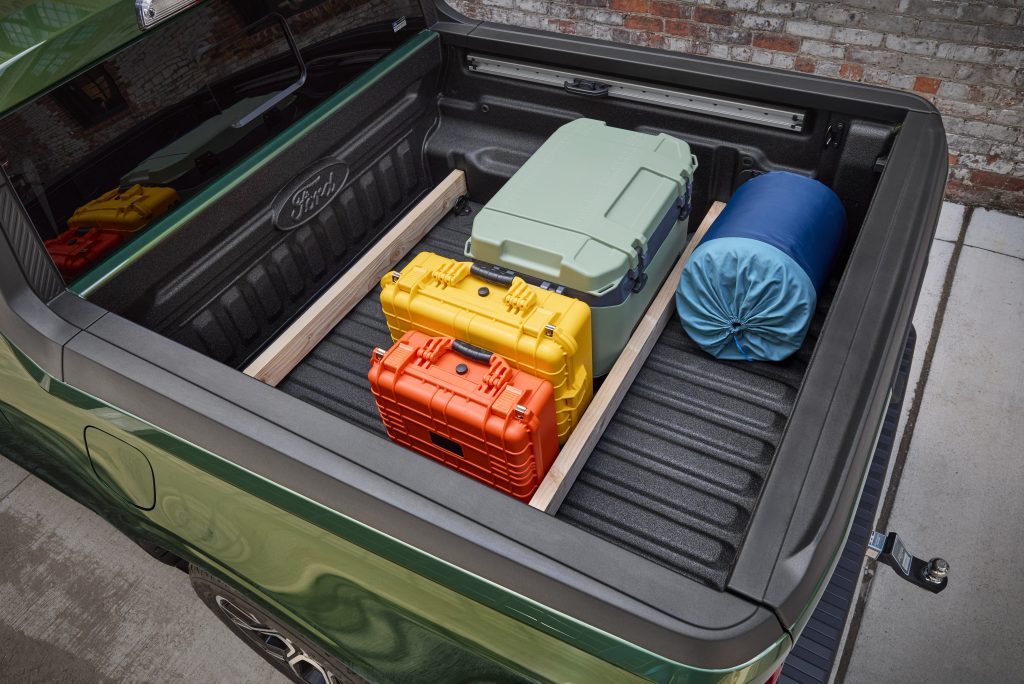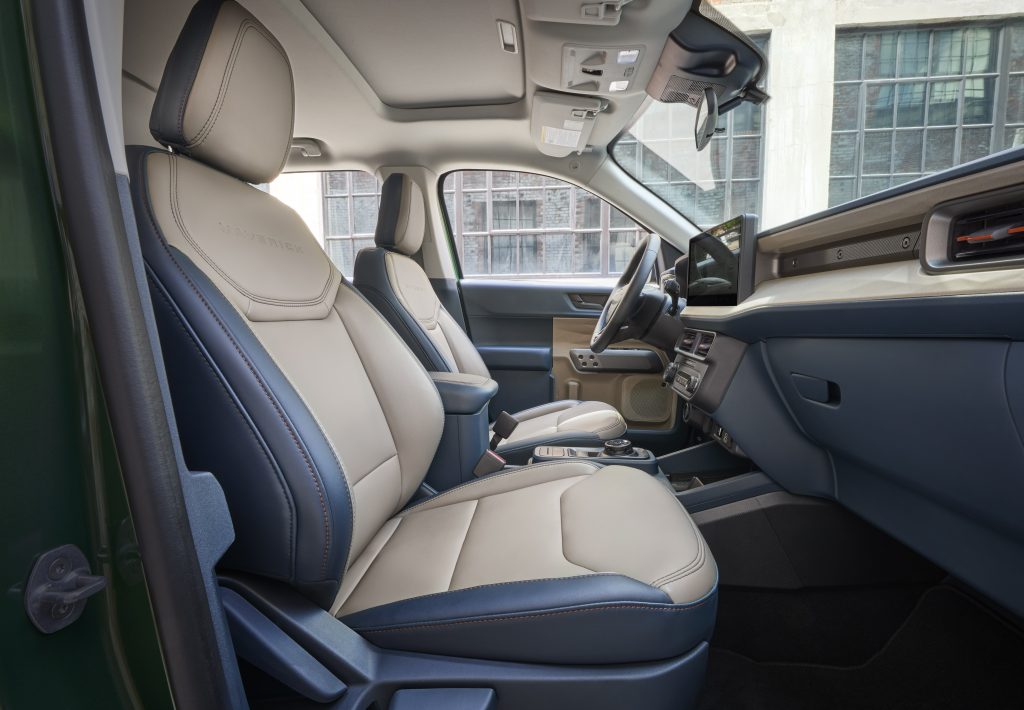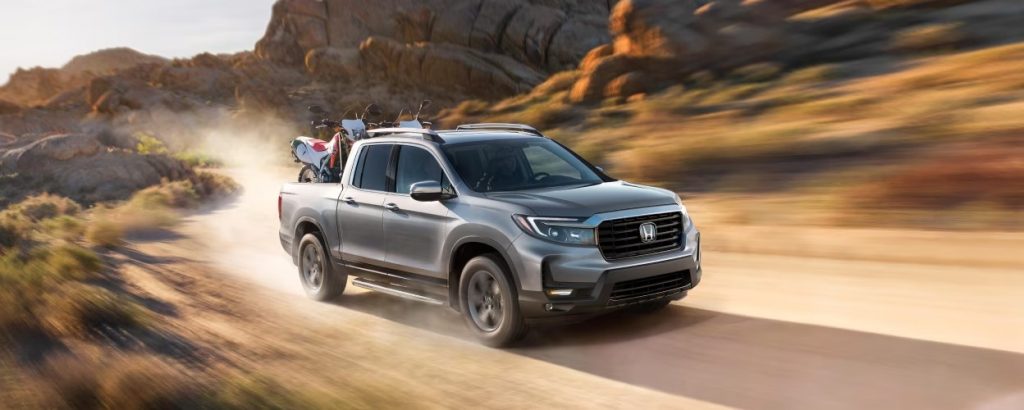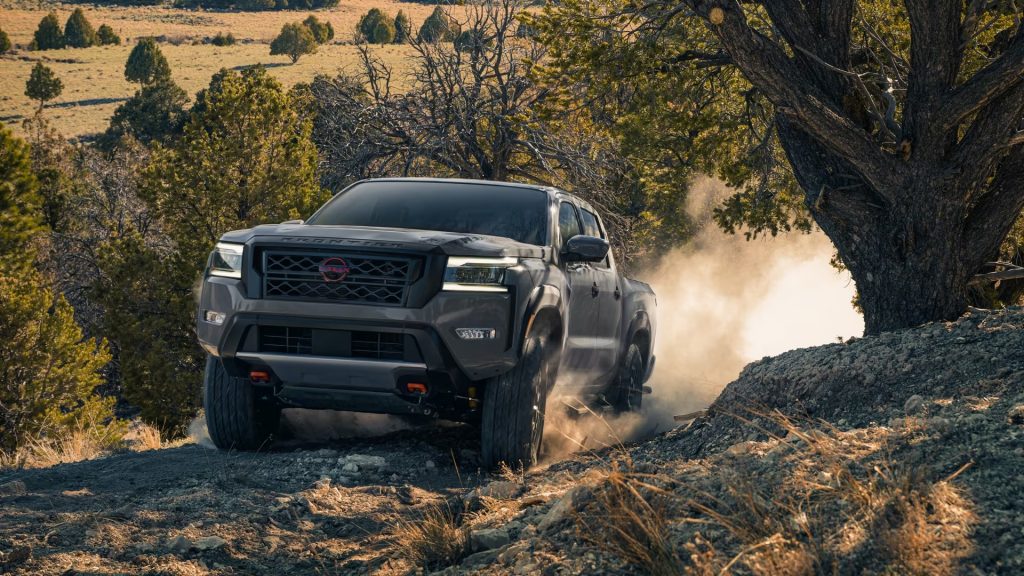
Ford Maverick 2025
Midcycle refresh with a new front fascia, grille and headlights. The Lariat, Lobo and Tremor trims share a different headlight designs from lessor models and each has its own grille design. The cabin is updated with a new gauge package, a larger infotainment screen as well as new climate and audio controls. There is a new Lobo model and the previous Tremor package is a separate model for 2025. The hybrid powertrain offers an all-wheel drive variant this year. Intelligent access is now standard on the XLT. Sync4 with wireless iOS-Android cellphone interface is common to all trims. The Ford Co-Pilot360 Assist 2.0 is standard on the Lariat, Tremor and Lobo trims.
The gradual increase in the size of “midsize” pickup trucks has led to a space at the bottom of the market that Ford exploited by creating the Maverick. Other than the Hyundai Santa Cruz, which suffered a failed launch, no other maker has joined Ford with a quasi-affordable pickup and the truck has been a big success. Ford eschewed the traditional body-on-frame truck architecture for a unibody structure, like the Honda Ridgeline. The sole body style offered is a four-door crewcab.
Despite is radical (for a pickup) structure, the Maverick reflects a very conservative styling philosophy which is what pickup intenders appreciate. The cabin design is quite straightforward. The driver faces a digital gauge display and the infotainment screen is now a full 13.2 inches. The HVAC controls are new for this year but are still easy to fathom.
Ford incorporated several interesting features into the tailgate area of the Maverick. There are vertical slots in the tailgate walls that will accept 2 x 4 wood pieces allowing owners to create their own barrier systems. Flat wheel arches can combine with a tailgate that can lock at an angle to allow 4 x 8 sheets or drywall or plywood to be carried flat in a tailgate that is shorter than eight feet.
Two engines, a 2.5L hybrid and a 2L turbo four, are available. The hybrid, previously restricted to front-wheel drive, is now offered with all-wheel drive, which is standard with the 2L. The hybrid uses a CVT whereas the 2L turbo is hooked up to a conventional eight-speed automatic transmission. The hybrid combines good performance with excellent fuel economy. The battery pack of the hybrid is liquid cooled which delivers more consistent thermal environment and should enhance batter pack durability. Tow capacity for the hybrid model is 907 kgs (2000 lbs), with the gas model rated for 1814 kgs (4000 lbs).
On the road, the Maverick is a delight. The hybrid model delivers an enviable combination of solid performance and excellent fuel economy. The 2L turbo four is both smooth and fast, but fuel consumption is on the heavy side. With unibody construction, the truck feels very solid and ride and handling are quite car-like, in sharp contrast with the clunky driving characteristics of body-on-frame pickup trucks. Steering lacks feel but is quick and precise and braking is solid.
Though base XL trim is not lavishly equipped but does have a forward collision warning and autonomous emergency braking. Moving up to the XLT trim adds fancier cloth on the seats, a rear armrest, push button start, alloy wheels, a tow hitch, a power group and an alarm system and is reasonable value. All-wheel drive is standard on the hybrid Lariat and is a $2500 option on the XL and XLT trims of the hybrid. Opting for all The Lariat model includes luxuries like a power driver’s seat, heated front seats, dual-zone climate control, a B&O audio system, wireless cellphone charging, a heated steering wheel a 400 watt inverter, an acoustic windshield, remote starting, a power sliding rear window and heated mirrors but is a bit overpriced. On the XL and XLT trims, the front-wheel drive hybrid and the all-wheel drive 2L are priced within $200 of one another.
Last update: March 25, 2025
Specifications
-
Engine
2L-4 T ( 250 HP ). 2.5L-4 HEV ( 191 HP)* -
Transmissions
CVT (HEV)*, 8A (2L-4 T) -
Fuel consumption
City: 5.6L/100 km Road: 6.7L/100 km -
Drive Layout
All-wheel drive and Front-wheel drive -
Body Style
Compact Pickup -
Country of Origin
Mexico
Starting from
What dealers pay: $ 22 222
Get a stress free no-haggle buying experience through the APA.
We've already done the negotiation for you. Simply sign up and speak with our partnered retailer to order your next vehicle.
Get this serviceSimilar models to this vehicle
The quote for this vehicle not automated, but is available on a per-request basis. Please visit the manufacturer website to use their “Build and Price” tool and fill out the form below with the vehicle specs (ie: engine, transmission, additional options, etc.). We will get back to you with a custom built quote based on your selections — typically within 24 hours.
Obtain this Dealer Invoice Report?
Are you sure you want to obtain this report? You will be redirected to the login page.
Select another vehicle
- Acura
- Audi
- BMW
- Buick
- Cadillac
- Chevrolet
- Chrysler
- Dodge
- Ford
- Genesis
- GMC
- Honda
- Hyundai
- Infiniti
- Jaguar
- Jeep
- Kia
- Land Rover
- Lexus
- Lincoln
- Mazda
- Mercedes-Benz
- Mini
- Mitsubishi
- Nissan
- Polestar
- Subaru
- Tesla
- Toyota
- Volkswagen
- Volvo

